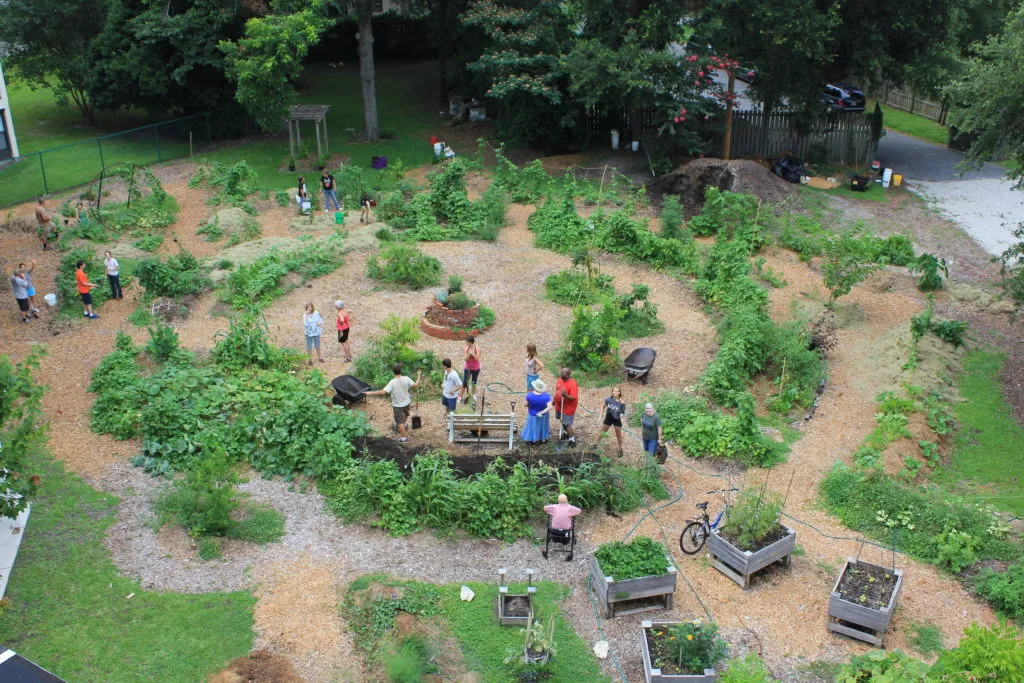In the heart of Iran, the city of Zanjan is undergoing a transformation that could redefine urban planning and green infrastructure strategies worldwide. A groundbreaking study led by Ahmad Zanganeh from the Department of Human Geography at Kharazmi University in Tehran has unveiled the intricate dance between urban growth and green spaces, offering critical insights for cities grappling with similar challenges.
Zanjan, like many rapidly developing cities, has seen a significant expansion of built-up areas, from 2,697.39 hectares in 1993 to 5,725.35 hectares in 2023. However, this growth has come at a cost. “The expansion of built-up areas has coincided with a reduction in urban vegetation cover,” Zanganeh explains. His research, published in the journal ‘مطالعات مدیریت توسعه سبز’ (Studies in Green Development Management), reveals a stark reality: while green spaces have increased from 2,167.02 hectares to 6,071.22 hectares over the same period, the pace of this growth has been outstripped by urban development.
The study employed advanced spatial analysis techniques, including Landsat satellite imagery and Geographic Information System (GIS) tools, to map and analyze these changes. By using classification algorithms like the Support Vector Machine (SVM) and spatial statistical tools such as Moran’s I spatial autocorrelation index, Zanganeh and his team were able to identify the spatial patterns of green infrastructure and their changes over time. They also utilized vegetation indices to assess the health and extent of green spaces.
The findings are a wake-up call for urban planners and policymakers. The negative correlation between the expansion of built-up areas and the reduction of green infrastructure underscores the urgent need for sustainable urban planning. “Urban growth directly contributes to the decline of green infrastructure,” Zanganeh warns. This decline not only impacts the environment but also has significant economic implications. Green infrastructure provides numerous ecosystem services, including disaster risk management, biodiversity conservation, and economic growth through increased land and property values.
The study’s implications extend beyond Zanjan. Similar trends have been observed in other cities, such as Madrid, where substantial advancements in green belt planning have had minimal effects on the urban core. This highlights the need for more comprehensive and sustainable urban planning approaches that prioritize the preservation and enhancement of green infrastructure.
As cities around the world grapple with the challenges of rapid urbanization, Zanganeh’s research offers a roadmap for balancing urban growth with environmental conservation. “Policies should aim to promote green infrastructure, prevent its destruction, and foster positive interactions between urban development and environmental preservation,” he suggests. This could involve improving stakeholder coordination, enhancing public participation, and increasing transparency in the regulatory process.
The energy sector, in particular, stands to gain from these insights. Green infrastructure can play a crucial role in mitigating the impacts of climate change, which is a growing concern for energy providers. By integrating green spaces into urban development plans, cities can enhance their resilience to climate change and reduce the risk of disasters, ultimately ensuring a more sustainable and livable environment for their residents.
Zanganeh’s research is a timely reminder of the importance of green infrastructure in urban planning. As cities continue to grow, the need for sustainable and resilient urban environments becomes increasingly urgent. By heeding the lessons from Zanjan, cities worldwide can pave the way for a greener, more sustainable future.

